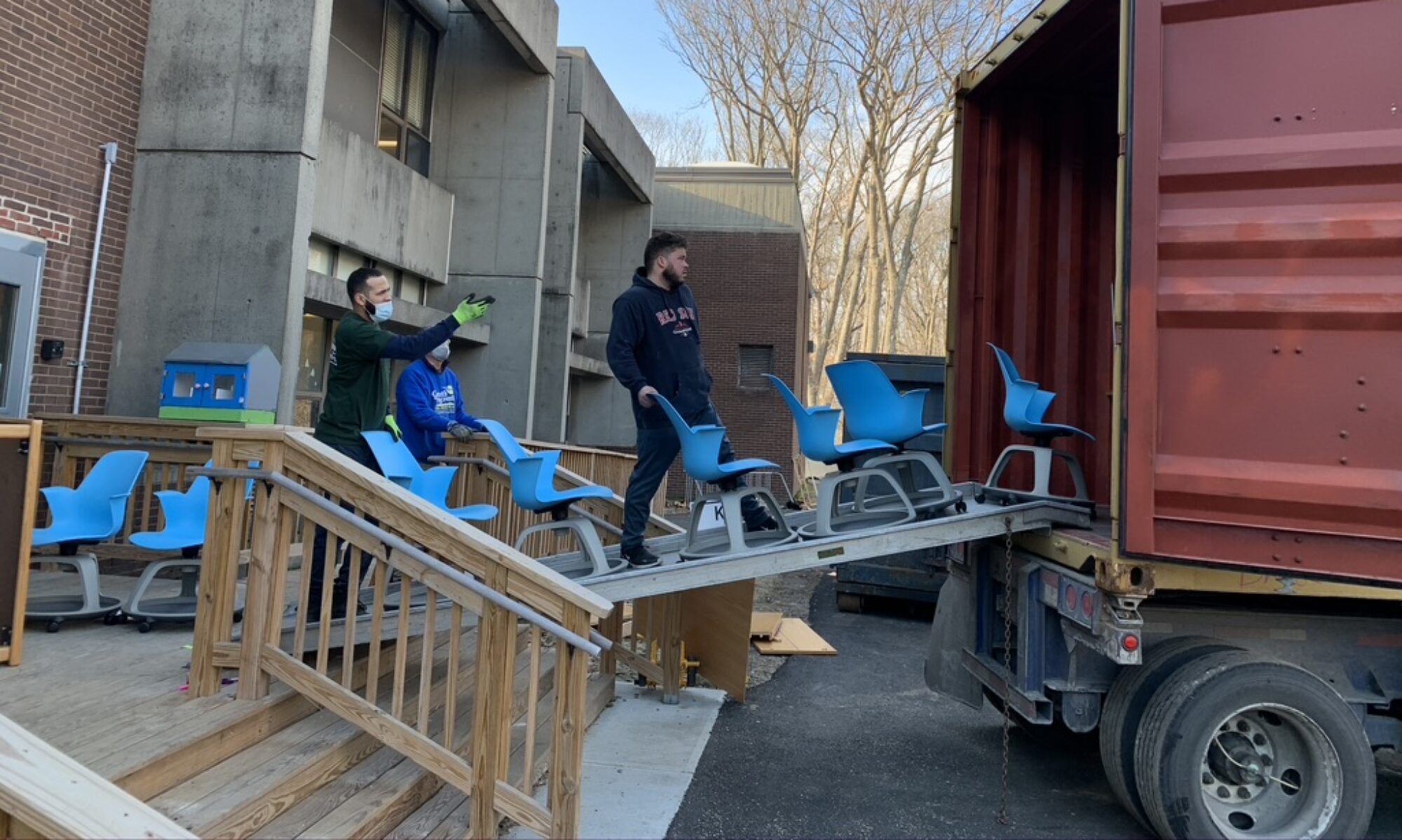I had the great good fortune this spring to drive up and down long stretches of the Blue Ridge Parkway through North Carolina and Virginia. If you have never done that, you should; it is for sure one of the two or three most beautiful roads in the United States. You should drive it in the spring, before the leaves come out. Then it’s like winning the trifecta. You get long views over the mountains and foothills; you get the first blushes of greens clothing the mountainsides; and you get the incomparable bursts of white and color in the fruit trees and dogwoods and azaleas. You also get no people – you can drive for miles and miles and miles with this most beautiful road in America all to yourself.
Returning to New Hampshire from one of these trips, I had the equally good fortune to drive the Taconic Parkway up the east side of the Hudson River. Not the grand mountains and long views of the Blue Ridge, but just as beautiful in its own way. Rolling hillsides of orchards and woods and pasture, for miles and miles and miles. Rip van Winkle country, and for all the world little changed since his time.
That drive was pointed toward Northampton, Massachusetts, where I was giving a talk, about mattress recycling of all things. Now mattress recycling is not the most thrilling of topics. Especially when you get to talking about bedbugs, then it gets to be sort of gross. But what I was reminded, driving those days, through those landscapes, is that it’s not really about recycling. It’s not really about mattresses. It’s not really about the “waste stream”. It’s about this beautiful rich country and this one-of-a-kind planet.
Mattress recycling is about a way to live on this planet. It’s about a carry-in, carry-out policy toward Planet Earth. It’s about touching the Earth in our lives in a way that leaves it for others to enjoy after us.
The Blue Ridge wasn’t always the Blue Ridge. There was a time when it was logged and scraped bare, when it was a desolate landscape of stumps and tangled and rotting brush. The beautiful Blue Ridge I drove this spring is all second growth; it is a landscape recovered from gluttonous exploitation. And we’re still exploiting, as bad or worse than ever. Drive just a few ridges west from the Parkway and there are the stumps not of trees but of whole mountains scraped off and shoved into the valleys next door, to reach a coal seam a few feet thick. There are hundreds of square miles of these flattened mountains and used-to-be valleys (Google “mountaintop removal mining”). Drive a little north into Pennsylvania and there are whole landscapes toxified by mine tailings.
And that’s why mattress recycling is important. Recycling makes possible Blue Ridge Parkways. Not recycling produces mountaintop removal. Recycling makes possible landscapes like the Hudson Valley. Not recycling produces toxic mine dumps.
It’s not about the mattresses, it’s about the landscapes. It’s about using the Earth gently, about preserving landscapes for others to enjoy after us, about leaving them the resources to enjoy the Earth as we have. The Earth provides plenty of resources for us to do that, if we use the resources wisely.
That’s why we recycle mattresses.
